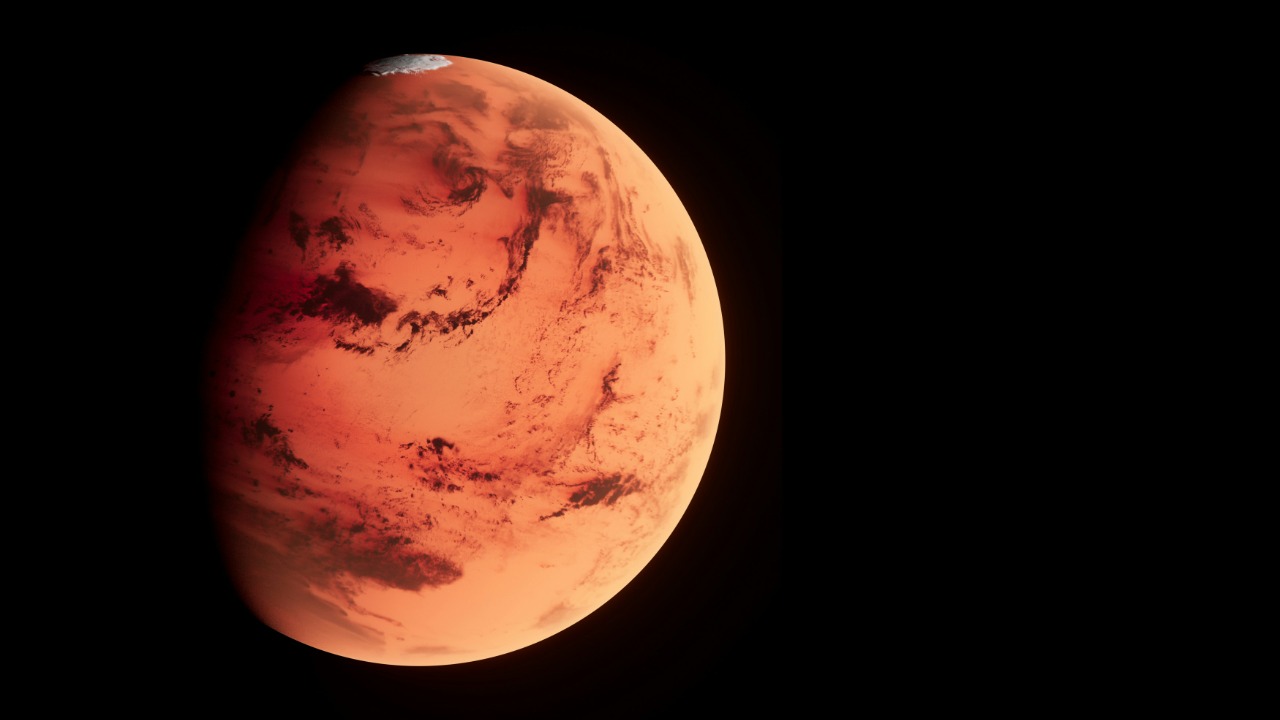
NASA’s ESCAPADE mission is set to launch two small satellites, built by Rocket Lab, into Mars’ orbit to investigate the processes that led to the loss of the planet’s ancient atmosphere. These twin probes aim to shed light on the solar wind interactions that stripped Mars of its protective gases over billions of years. The mission’s findings could provide valuable insights into the stability of Earth’s own atmosphere against similar cosmic threats.
The Mystery of Mars’ Lost Atmosphere
Geological and observational evidence suggests that Mars once had a thicker atmosphere capable of supporting water. This atmosphere, however, eroded over time due to solar wind and the lack of a protective magnetic field. Recent analyses of the planet’s history have highlighted this transformation, providing a cautionary tale for the evolution of planetary atmospheres.
Current Mars rovers and orbiters, including those from past NASA missions, have detected remnants of ancient water flows and atmospheric isotopes. These findings confirm the scale of the atmospheric loss and suggest that Mars’ transition from a habitable planet to a barren one was not a sudden event, but a gradual process over billions of years.
Introducing the ESCAPADE Mission
NASA’s ESCAPADE Mission is a targeted effort to deploy twin satellites specifically for studying atmospheric escape. This mission builds on decades of Mars exploration and aims to measure particle and field interactions in Mars’ magnetosphere to quantify atmospheric stripping rates.
Announced in November 2025, the mission represents a new chapter in our understanding of the Red Planet’s environmental past. The data gathered by the twin satellites could provide invaluable insights into the processes that led to the loss of Mars’ atmosphere.
Design of the Twin Satellites
The twin satellites, built by Rocket Lab, each weigh less than 100 kg and are equipped with compact instruments for in-situ measurements of ions and electrons. Their identical “twin” configuration allows for redundant data collection, with the satellites orbiting in tandem to capture the effects of solar wind on Mars from different angles.
Key onboard tools include magnetometers and particle analyzers, which are designed for long-duration operations in Mars’ harsh radiation environment. These instruments will provide direct measurements of the solar wind interactions that are believed to have stripped Mars of its atmosphere.
Rocket Lab’s Contributions
Rocket Lab played a crucial role in the ESCAPADE mission by fabricating the lightweight, cost-effective satellites. The company’s innovative smallsat technology enables frequent access to Mars, opening up new opportunities for planetary exploration.
Rocket Lab’s expertise in rapid prototyping reduced the development time for the satellites, aligning with NASA’s push for agile mission architectures. The company’s previous successes in deep-space hardware make it a key partner in this atmospheric probe endeavor.
Scientific Objectives and Measurements
The twin satellites will directly observe atmospheric escape mechanisms, including charge exchange and sputtering, to model Mars’ historical gas loss. They will collect real-time data on solar wind penetration into Mars’ upper atmosphere, providing quantitative rates that were absent from prior missions.
As reported in NASA’s new Mars mission, one of the objectives is to link ion escape to the planet’s transition to a cold, dry world. This could help scientists understand the processes that led to the loss of Mars’ atmosphere and the implications for other planets, including Earth.
Implications for Earth and Future Exploration
The data from the ESCAPADE mission could inform our understanding of Earth’s vulnerability to solar activity. This is particularly relevant in the context of ozone depletion and magnetosphere dynamics, which are key factors in planetary habitability.
The mission could also have implications for future space exploration. The data collected could influence upcoming Mars sample return efforts and studies of exoplanet atmospheres. Furthermore, understanding the processes that led to the loss of Mars’ atmosphere could help us develop strategies to protect Earth’s atmosphere from space weather and human-induced changes.
With the mission results expected after the satellites’ arrival in 2026, we are on the brink of a new era in our understanding of Mars and its environmental history. The ESCAPADE mission represents a significant step forward in our quest to unravel the mysteries of the Red Planet and its lost atmosphere.
More from MorningOverview